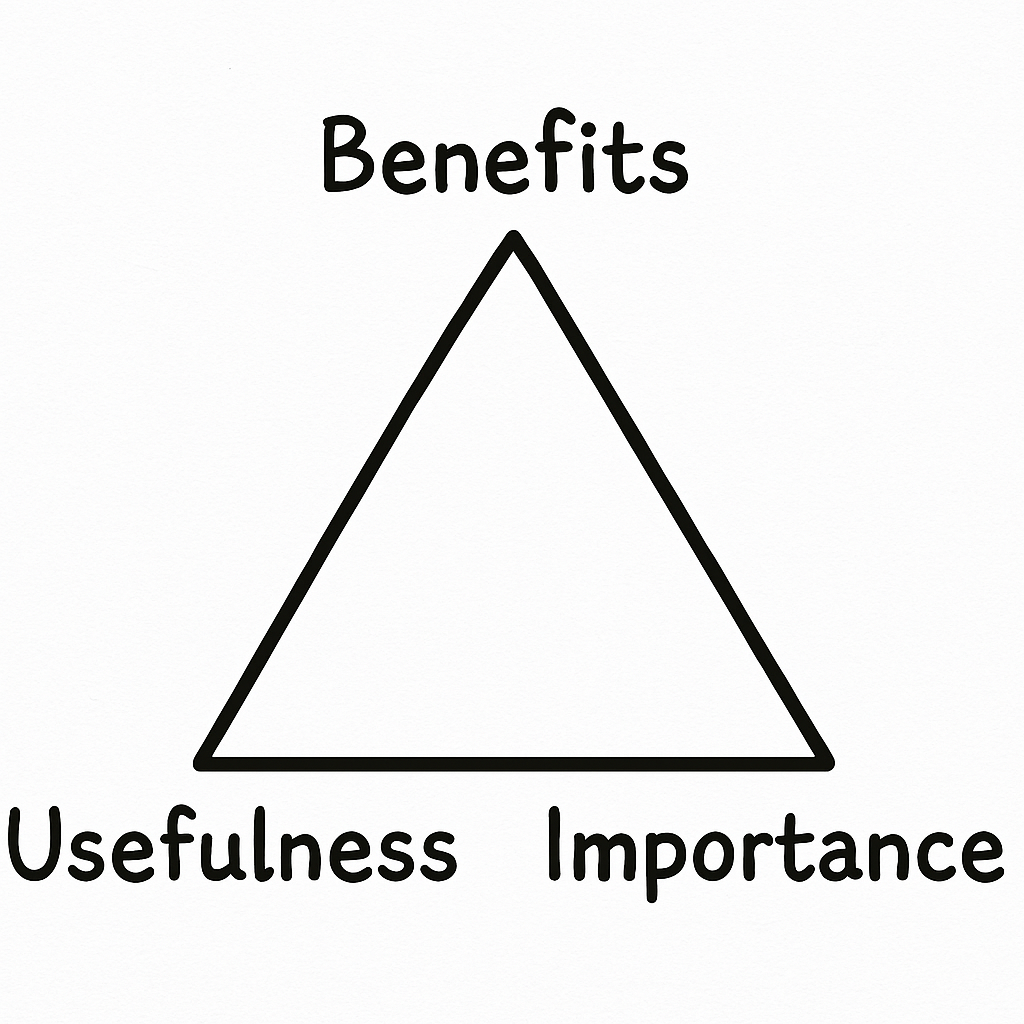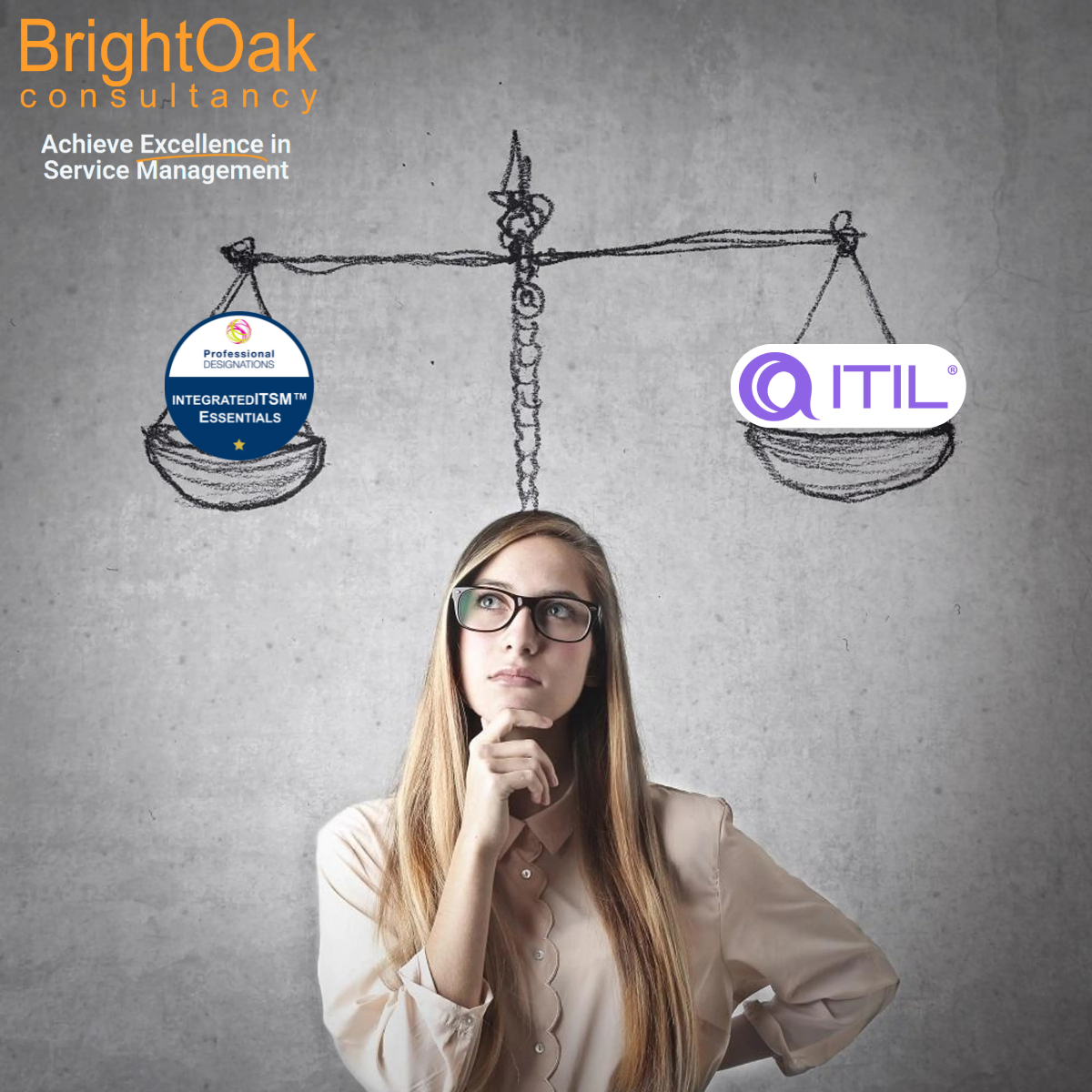What is Value?
 In Service Management, value is a central concept — but it’s often misunderstood or oversimplified. According to ITIL® 4, value is defined as:
In Service Management, value is a central concept — but it’s often misunderstood or oversimplified. According to ITIL® 4, value is defined as:
“The perceived benefits, usefulness, and importance of something.”
And crucially, it is co-created through active collaboration between service providers and consumers.
Let’s unpack this definition and explore what it really means in practice.
Breaking Down the Definition
Perceived Benefits
This refers to the positive outcomes a customer expects or experiences from a service. These could be tangible (e.g. cost savings, increased uptime) or intangible (e.g. peace of mind, improved reputation).
Example: A managed IT service that reduces downtime by 30% offers a clear benefit — improved operational continuity.
Usefulness
Usefulness is about how well the service enables the customer to achieve their goals. It’s not just about features — it’s about relevance and applicability.
Example: A reporting tool might have dozens of features, but if it doesn’t help the customer make better decisions, it’s not useful.
Importance
Importance reflects the strategic or emotional weight the customer places on the service. It might be critical to business operations, compliance, or even employee satisfaction.
Example: A secure data backup service may not be used daily, but its importance becomes clear during a data breach or system failure.
Co-Creation of Value
Value isn’t delivered in isolation. It’s co-created through interaction — between the provider’s capabilities and the consumer’s needs, behaviours, and context.
This means:
- Providers must understand the customer’s goals and constraints.
- Customers must engage with the service effectively.
- Both parties must collaborate to shape and refine the service experience.

Value in Terms of VOCR
 ITIL® 4 also links value to VOCR — Outcomes, Costs, and Risks:
ITIL® 4 also links value to VOCR — Outcomes, Costs, and Risks:
- Outcomes: What the customer wants to achieve. Services should enable desirable outcomes.
- Costs: What the customer must invest (money, time, effort) to receive the service.
- Risks: Potential negative impacts that the service helps mitigate or introduces.
Value is maximised when:
- Outcomes are achieved,
- Costs are acceptable,
- Risks are managed effectively.
Example: A cloud hosting provider offers scalable infrastructure (outcome), at a predictable monthly fee (cost), with built-in redundancy and security (risk mitigation).
So, What Is Value?
In short, value is not just what a service does — it’s what it enables. It’s the result of a shared journey between provider and consumer, shaped by expectations, context, and collaboration.
Understanding value means looking beyond features and SLAs. It means asking:
- What does this service help the customer achieve?
- What does it cost them?
- What risks does it address or introduce?
And how do they perceive its benefit, usefulness, and importance?




